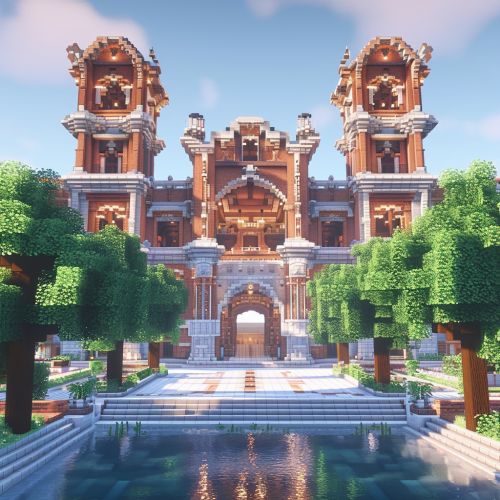Rijksmuseum
Overview
The Rijksmuseum is a Dutch national museum dedicated to arts and history in Amsterdam. Founded in The Hague in 1800 and moved to Amsterdam in 1808, it is located at the Museum Square in the borough of South, close to the Van Gogh Museum, the Stedelijk Museum Amsterdam, and the Concertgebouw.


History
The Rijksmuseum was founded in The Hague on November 19, 1800, by King Louis Napoleon Bonaparte, brother of Napoleon Bonaparte. It was initially housed in the Huis ten Bosch palace, which is now the official residence of the Dutch Royal Family. The museum moved to Amsterdam in 1808, where it was first located in the Royal Palace.
Collection
The Rijksmuseum's collection consists of 1 million objects and is dedicated to arts, crafts, and history. It has a vast collection of paintings from the Dutch Golden Age and a substantial collection of Asian art. The museum also has an extensive research library with an impressive collection of books, manuscripts, and maps.
Architecture
The current main building of the Rijksmuseum, designed by Pierre Cuypers, was first opened in 1885. It combines elements of both Renaissance and Gothic architectural styles, and it is made up of two parts, each with its own courtyard. The building was renovated from 2003 to 2013.
Notable Works
Among the most notable pieces in the Rijksmuseum's collection are "The Night Watch" and "The Milkmaid" by Rembrandt, "Woman Reading a Letter" by Johannes Vermeer, and "Self-portrait" by Vincent van Gogh.
